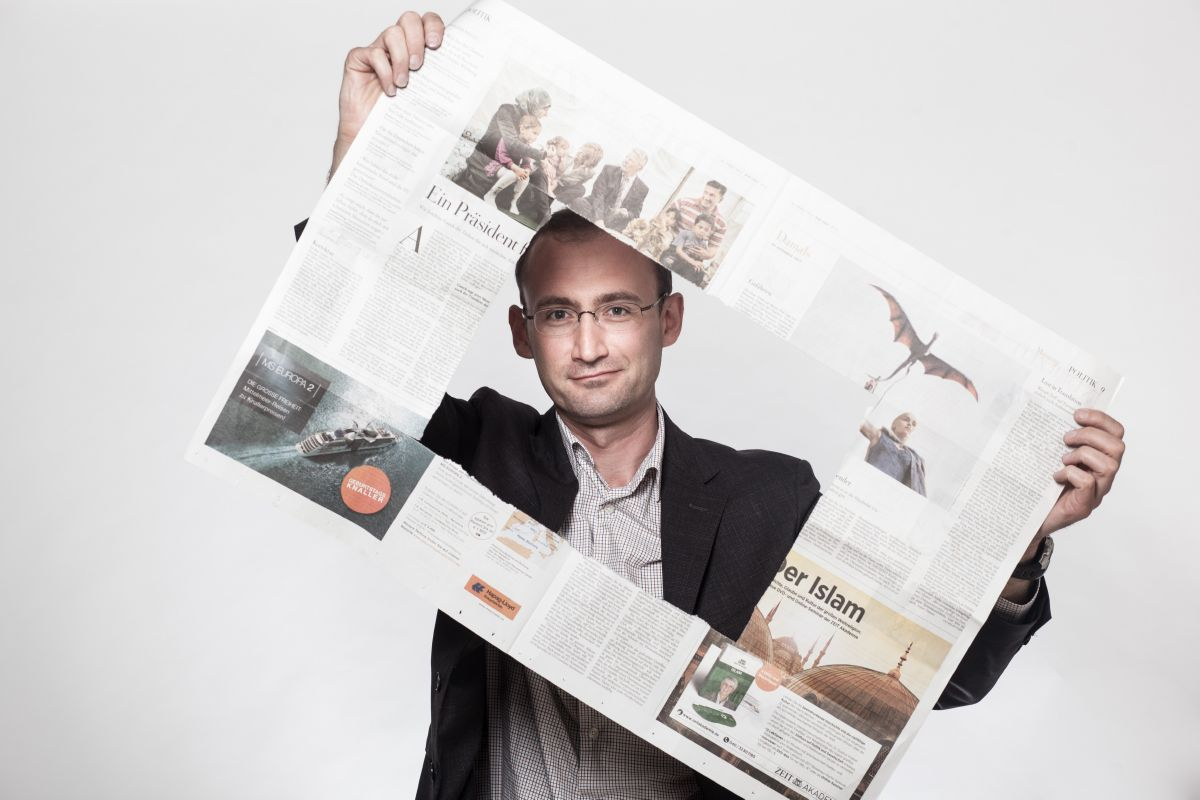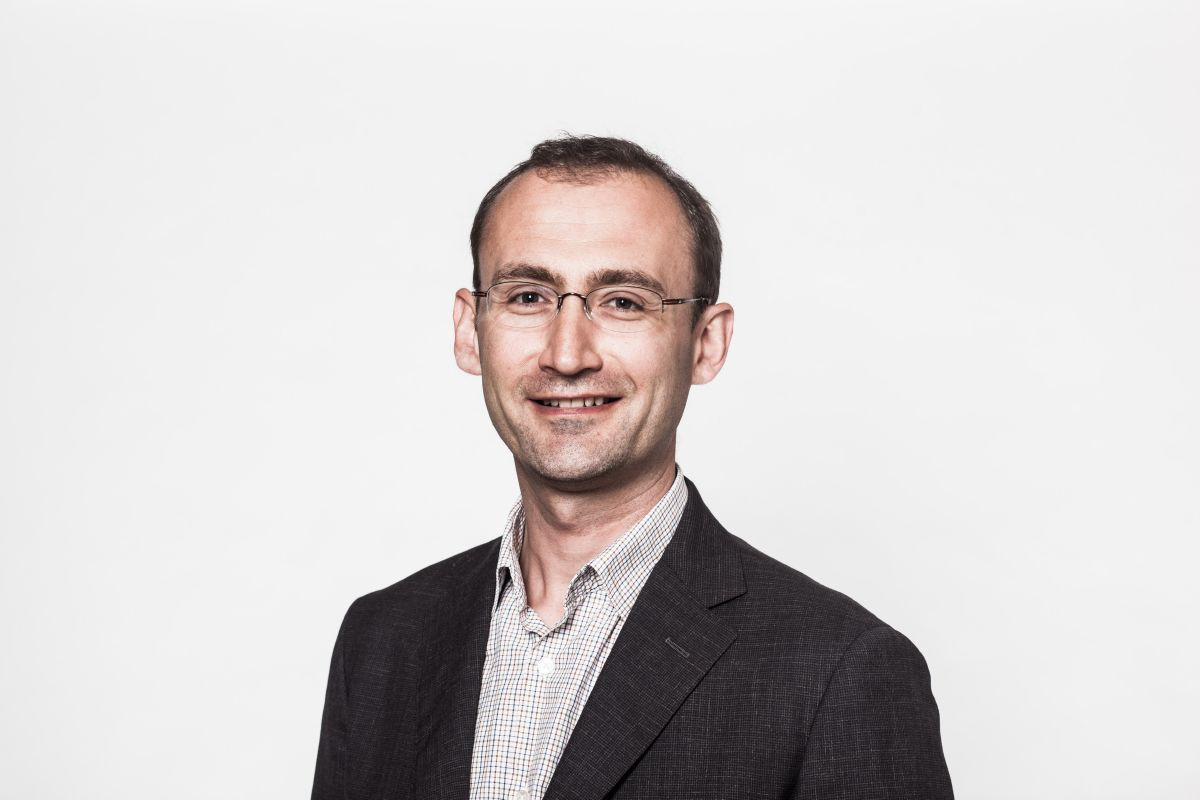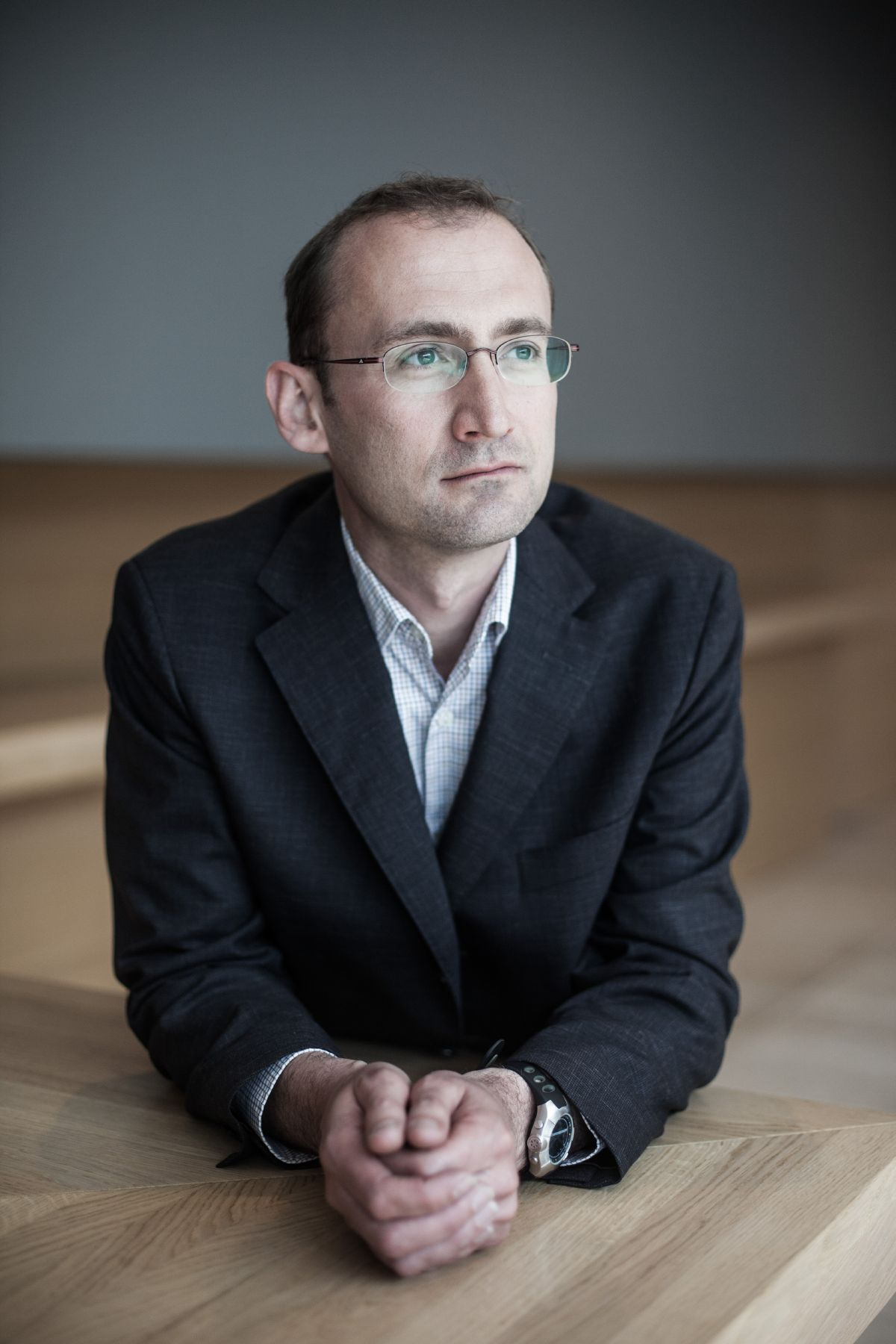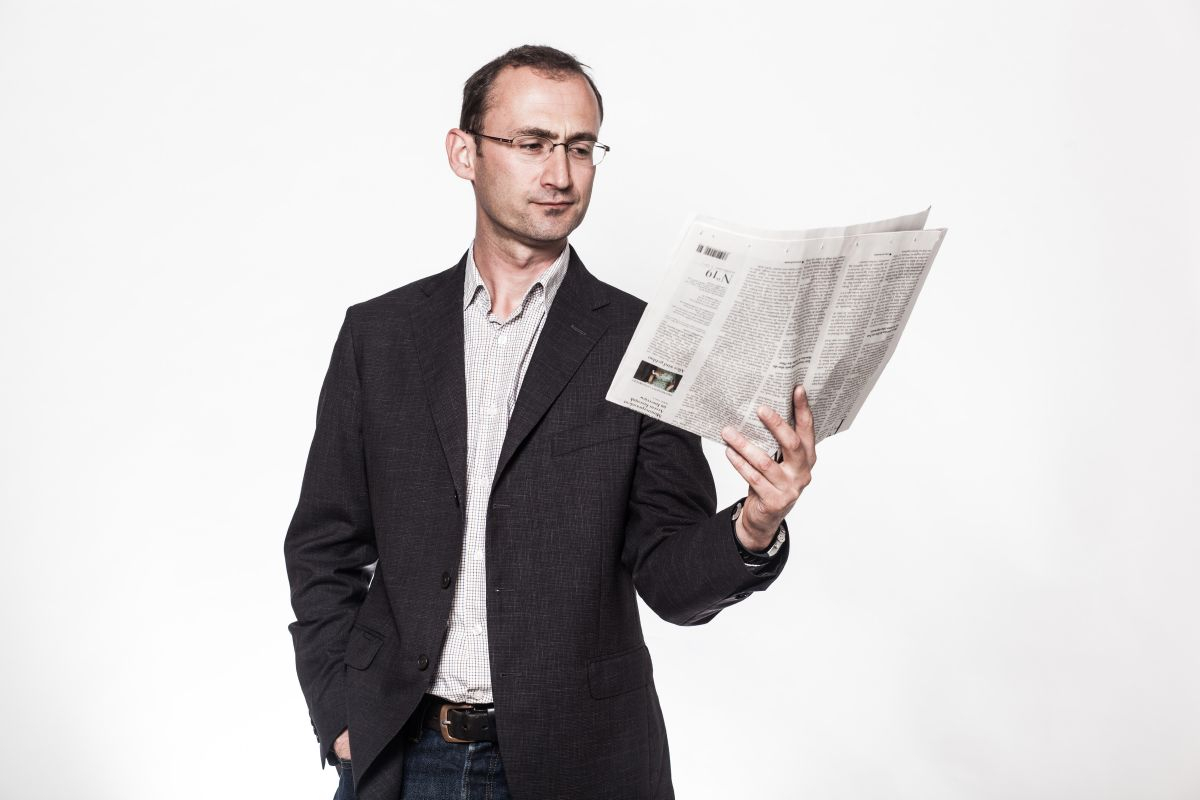Freigeist-Fellow erforscht Roboterjournalismus
Prof. Dr. Neil Thurman analysiert die Auswirkungen computergenerierter Nachrichten auf Leser, Journalisten und die Beiträge selbst.
Computerprogramme sind heute in der Lage, eigenständig Nachrichten zu erstellen, zu filtern und zu verbreiten. Was bedeutet das für die Gesellschaft? Und wie lassen sich die "algorithmischen News" bestmöglich nutzen? Der britische Kommunikations- und Bildwissenschaftler Prof. Dr. Neil Thurman, Freigeist-Fellow der VolkswagenStiftung an der Ludwig-Maximilians-Universität München, erforscht in seinem Projekt "Algorithmic News: An Investigation into the Computerisation of Journalistic Work, and Analysis of its Professional, Personal & Societal Consequences" die Entwicklungen und Auswirkungen von computergenerierten Nachrichten.
Dear Neil, could you please tell us, what your research is about?
My research is looking at the impact of technology on journalism and most specifically it's looking at what is called computational journalism, which is where journalism is wholly or partly automated.

And what about the changes for the news artefacts?
I ask how the content of apps and websites are being changed by these processes of computational journalism. This is an interesting and important area, because for example, journalists are gaining more information now on our preferences as they use analytic tools. As a result we have to consider whether journalists are being induced to treat their audience more as consumers and less as citizens.
What do you think is the biggest danger of computational journalism for society?
Transparency and biases are a concern now that algorithms are getting more involved in news selection. For example, my research shows that one tool that finds news on social media does so by monitoring social media accounts of individuals who are predominantly male and metropolitan. However, making such tools that reflect society better is not simple, indeed the indications are that such tools reflect society more than remodel it.
There are many different interests in your research – from industry, journalism and society. How do you make sure to keep a critical distance?
While remaining independent and critical in my work, I also see benefits in collaborating with some of the relevant companies and news organizations involved in developing and deploying these technologies. Doing so permits a unique insight into how these tools work. For example my research into ‘robo news' requires the participation of technology companies who give access to their platforms. They may gain some useful insights into the quality of the output and the usability of their tools, while I am able to examine important professional and societal topics around the adoption of technology, the future of work, and changes to our media diet.
How do you exclude that industries and their public relations offices do not misuse this information, as they have better means to spread their content. Is there a conflict of interests between PR and journalism regarding algorithmic news?
I have high levels of trust in the companies I collaborate with, but more widely we see that the technologies that are being developed to, for example, help journalists find news can also be ‘gamed' by organizations looking to influence journalism by trying to get coverage for their clients. Although this is a continuation – now in the digital domain – of long-standing processes of negotiation between PR and journalism, it is important to maintain a close watch on these new developments to see whether the balance of power is shifting.

How do you plan to spread your results - you pointed out that you would like to foster discussions with your research?
I want to disseminate the results within the academic community as well as to other stakeholders in society. For example, I've recently given a keynote address in a conference aimed at a mainly non-academic audience. Other participants included the head of Google News and the founder of the world's largest advertising company. I used this event to talk about diversity in journalism: For example, I was pointing out that 94% of journalists in the UK are white and that women not promoted to senior positions as much as men. That seemed to be a good venue for the presentation of my research because it's a forum where people who manage organizations and employ journalist are going to be.
You have recently released the book "Journalists in the UK" (Download available
here). Is it about the same topic? Yes, that topic and others. It's based on a wide-ranging survey of 700 hundred journalists that I completed in December. It came out in May published by the Reuters Institute for the Study of Journalism. And this is a pretty wide ranging survey of journalist. The same survey is used in seventy countries. I think it's the largest comparative research project in the social sciences. I was responsible for the UK data and the book is focused the UK. It covers a lot of issues including gender equality and ethnic diversity but – coming back to my Freigeist research – it also looked at change in journalism. For example how journalism is affected by technological developments, which is relevant to my wider Volkswagen Foundation project on algorithmic news.
Let us jump back to your Freigeist project. What is your methodological approach?
My research is not a straightforward linear process; it's more like juggling several balls at the same time. We do a number of things. We interview journalists. We do experiments with news consumers. We conduct surveys and questionnaires. We also do observations of journalists in experimental settings or in natural settings, such as newsrooms. We do content analysis, so we look at media content or the functionality of news websites or news apps. We also examine computational code and take a close look at their particular rules and the particular inputs they use in order to determine the biases they may have. So it's quite of range of methods, which we can do from the office but some which we need to go out in to the field.

It might also be difficult, as the field is not very well-researched so far, right?
Yes, there is a very limited amount of research compared with a lot of other fields. So this is opening up a new field and that means that a lot of the research is empirical, experimental or using other methods. But of course, it's important to put the results in context and there is other research that helps to do that.
You do have a lot of international cooperations – but still: you are based in Munich now, not in London. Does the distance or the German university infrastructure offer a more independent perspective?
Well, my department in Munich is strong in the field of communication science and media research. And there are a lot of interesting people here. Apart from the VolkswagenStiftung project, we have a number of projects based at the institute that are looking at algorithmic journalism on a smaller scale. But still they offer useful synergies. Frankly, the Freigeist-Fellowship is giving me time and resources to investigate this issue to a greater extent than I was able to do when I worked in London.
Did you have connections to the German university system before?
Yes, I spent a year in Bavaria on a sabbatical in 2009 where I could make connections with the institute as a guest lecturer and so on. And my wife is German, so there is personal as well as professional support for my move to Germany.
Dear Neil, thank you very much for sharing your ideas. We wish you all the best for your project and your stay in Munich.

